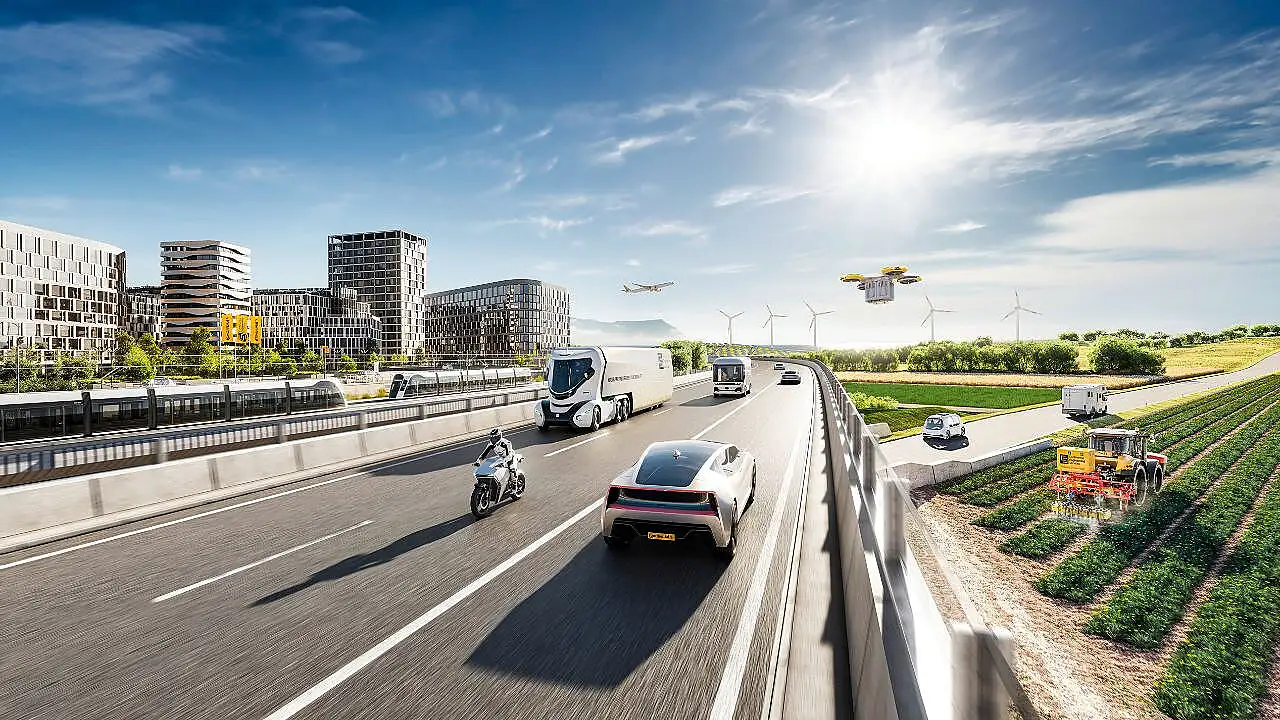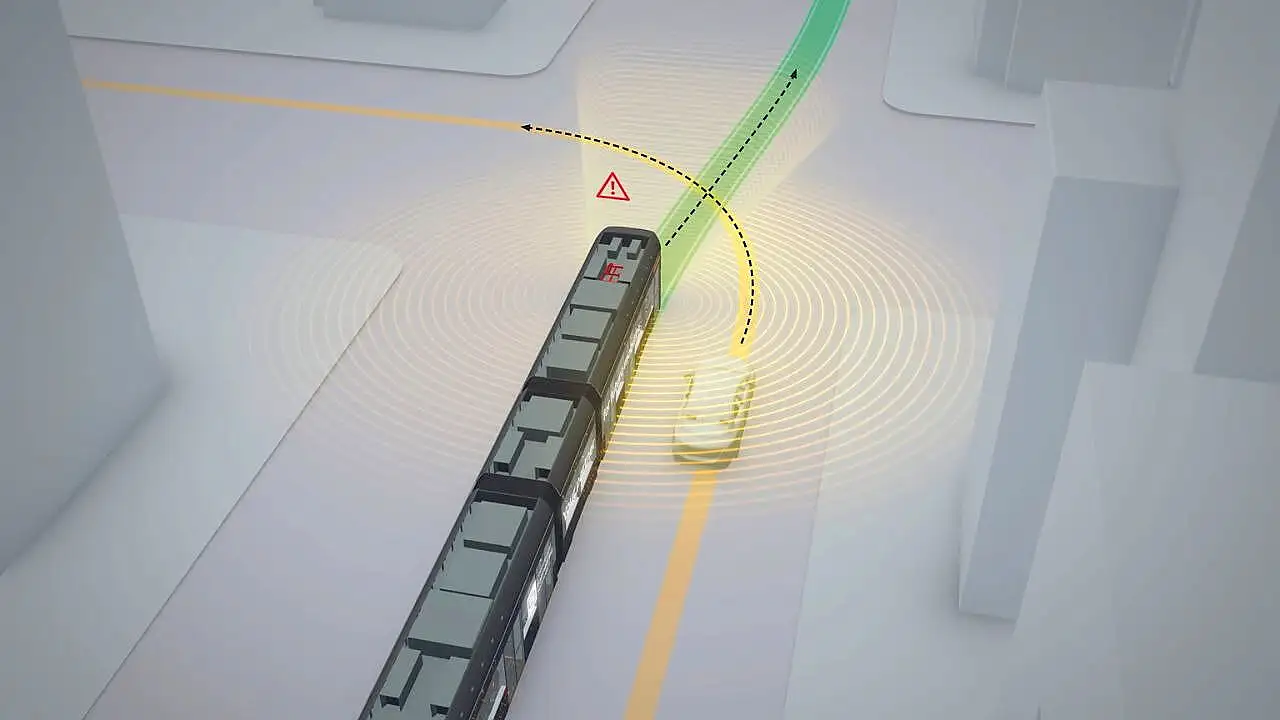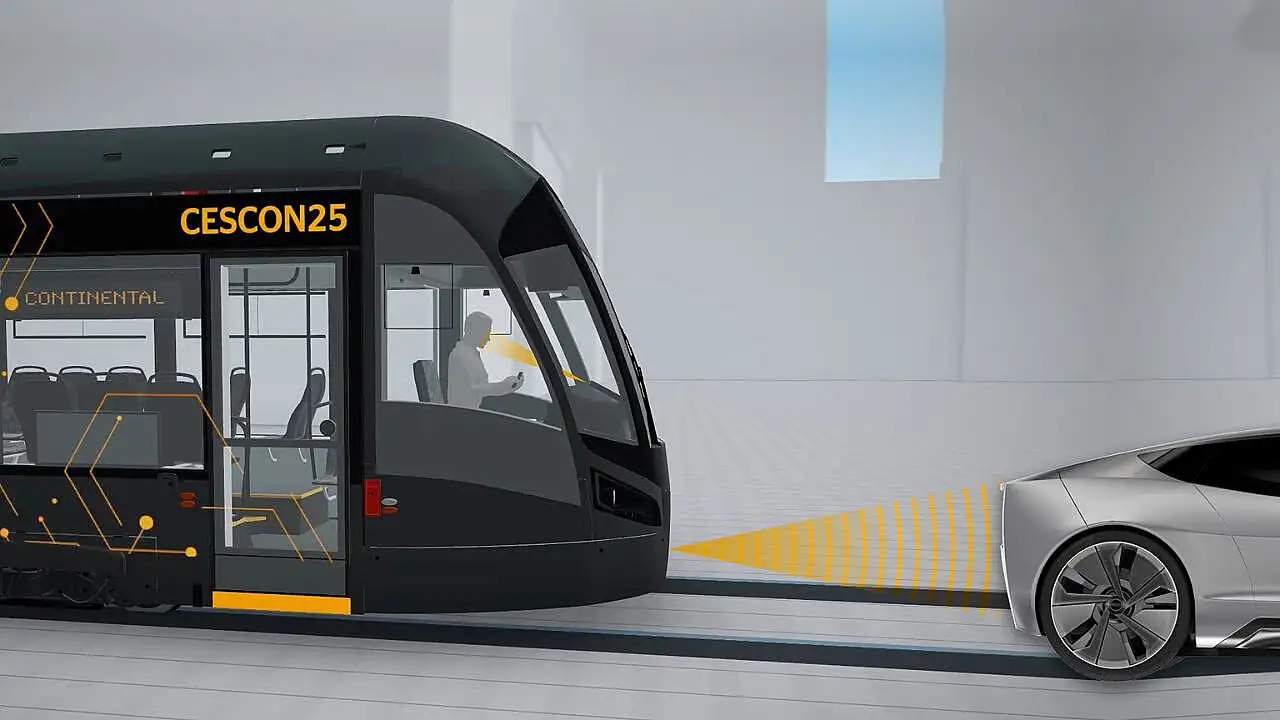
Approximately 15 years ago, Continental observed a shift in the automotive industry away from exclusively large-scale productions. While it is relatively straightforward to allocate development costs to piece prices when manufacturing parts for models that sell in the millions, the challenge arises for models with limited production runs. Meeting the same regulations for a low-volume model makes it challenging to distribute development costs across fewer units.
To address this, Continental established a specialised group within the company, resulting in the formation of Continental Engineering Services (CES). Initially focused on providing off-the-shelf components, CES soon recognised a broader demand from customers seeking comprehensive solutions beyond individual components. These clients were keen on a holistic approach that addressed various challenges, including regulatory compliance.
As CES evolved, it experienced an increasing number of requests from diverse mobility sectors, extending beyond automotive into areas such as railways, aviation, urban air mobility and beyond. This expansion highlights the adaptability and responsiveness of CES to the evolving needs of a broader spectrum of industries.
Even from within the automotive industry, in many cases CES is approached by niche OEMs like those manufacturing racing cars or motorcycles. As volumes increase, CES becomes the gateway for these new companies to access the parent company. Initially, “we provide them with the necessary access. Subsequently, once the volume surpasses a specific threshold in terms of vehicles or components annually, depending on the specific business, we might seamlessly transition that responsibility to Continental, Matthias Clemenz, Lead Corporate Development Manager, CES, told Mobility Outlook. This delineation is the rationale behind being a distinct legal entity while maintaining full integration into the broader Continental structure, he said.

On the possibilities of CES getting in to basic research, Clemenz said, certainly, the concept is a blend of yes and no. On one hand, the original idea was for Continental to provide a repository of solutions that could be readily accessed. However, in discussions with emerging players in small series, like electric car manufacturers, there is a desire for more innovation compared to conventional vehicles on the streets. Consequently, the business model has evolved to not only involve CES pulling from Continental's offerings but also working in the opposite direction.
In this context, Continental utilises CES as a sort of trend radar, a platform where they can explore various possibilities and emerging technologies. “While this adds a unique dimension to our role, it's important to note that approximately 90% of use cases still involve us sourcing products from Continental,” he said, adding that this dual-directional approach allows for a dynamic collaboration that caters to both traditional and avant-garde needs in the automotive landscape.
CES actively contributes market intelligence and requirements from various mobility segments, enriching Continental's foundational research. The overarching goal is to infuse innovation, recognising that developments tailored for emerging players, such as electric vehicle manufacturers, could potentially influence and integrate into the offerings for traditional OEMs.
HUD For Railways
Addressing fatigue and lack of attention among rail crews is a well-recognised challenge, but the array of solutions is expanding. Taking inspiration from automotive technology, which serves as a model for train driver support, there's a growing acknowledgment of the similarities between navigating a train through complex track situations and driving a car.

One effective solution involves the use of a Head-Up Display (HUD) for train drivers, offering dual benefits:
Enhanced Focus and Reduced Eye Strain: The HUD allows train drivers to maintain full focus on the track situation ahead, even while reading its contents. This minimises eye strain by keeping the focal planes of the HUD and the environment close together. This feature is particularly beneficial for older drivers, mitigating the strain caused by frequent changes in optical power, known to contribute to fatigue, he said.
Information Filtering for Relevant Data:
Acting as an information filter, the HUD displays only selected and situationally relevant information. For instance, it can highlight a switch ahead and its setting. Moreover, the HUD provides a prominent space for depicting crucial information that can alert train drivers to situations or conditions still out of sight. This feature proves valuable when a (wireless) network is in place to convey status information to train drivers in the relevant area.
In essence, adopting HUD technology in the rail industry not only improves visual ergonomics but also ensures that train drivers receive pertinent and timely information, contributing to overall safety and efficiency on the tracks, Clemenz added.
When questioned about the potential integration of imaging radar technology for additional support, he responded, “Absolutely, we had conceptualised ideas behind such innovations. However, the substantial challenge lies in the fact that developments of this nature require time, collaboration with partners, and financial investment. This is precisely where we encounter a major obstacle. Historically in the railway industry, the norm was for entities to independently develop solutions and then offer them for free operational testing for a limited duration, typically a year. There was minimal collaboration with suppliers or the concerted development of a comprehensive system, like the one we envision, incorporating radar technology to detect critical situations on the track.”

New Avenues
Clemenz said, CES collaborates across various industries, demonstrating versatility in its projects. One notable achievement is the development of a ‘Man Overboard’ detection system initially deployed on cruise ships, designed to identify instances of someone falling or jumping overboard. Interestingly, this system has found an additional application in safeguarding against pirate threats.
“Our innovation extends to leveraging smartphones for preventing critical situations, particularly within intracity trains. Rather than halting a train weighing over 100 tonnes, we explore solutions to protect individuals, like a 70-kg lady walking on the tracks. A significant proportion of such individuals, around 80%, are closely associated with the tracks due to past or future train usage,” he said.
In another endeavour, the company is pioneering the use of drones for vineyard surveillance. Employing 3D radar technology from the automotive industry, these drones can aid rescue helicopters in challenging landing situations, especially when faced with issues like dust and fog. The advantage lies in the drones' ability to sense their surroundings despite adverse conditions.
In essence, CES positions itself as a specialised force within Continental, equipped not only to innovate but also to anticipate market trends. This unique perspective allows the company to provide valuable recommendations to its parent company, shaping their understanding of how the market will evolve in the future.
Software Defined Vehicles
Talking on the significance of Software Defined Vehicles (SDVs), he said the technology lies in its ability to connect various segments of mobility, and this forms a substantial advantage for CES. “Our collaboration extends across different realms, working in tandem with Elektrobit on vehicle connectivity, partnering with Argus in cybersecurity, and engaging with various business units within Continental. This interconnectedness positions us uniquely to harness the vast potential of SDVs.
In the realm of small series companies, the SDVs proves to be a game-changer. Startups, particularly those focused on innovative electric cars, prioritise features like a sophisticated interior and the flexibility afforded by software combinations. Cloud-based architectures are leveraged to disseminate real-time vehicle information, including priority data like weather updates. “In collaboration with our partners, we contribute recommendations to our colleagues (at Continental), offering insights into market trends. Notably, major OEM often establish small series brands, such as Cupra, to test novel concepts. This approach allows them to experiment with modern electric cars featuring dynamic modes, catering to a sportive and youthful demographic. Our role is crucial in comprehending these trends, especially as software technologies become increasingly integral. CES excels in adapting and understanding complex software, allowing us to navigate the ever-evolving landscape with precision,” he added.
Also Read:
Continental Leads DIAZI Project to Transform Production Plants into Digital Factories
Continental Unveils Mid-term Targets With Focus On Value Creation